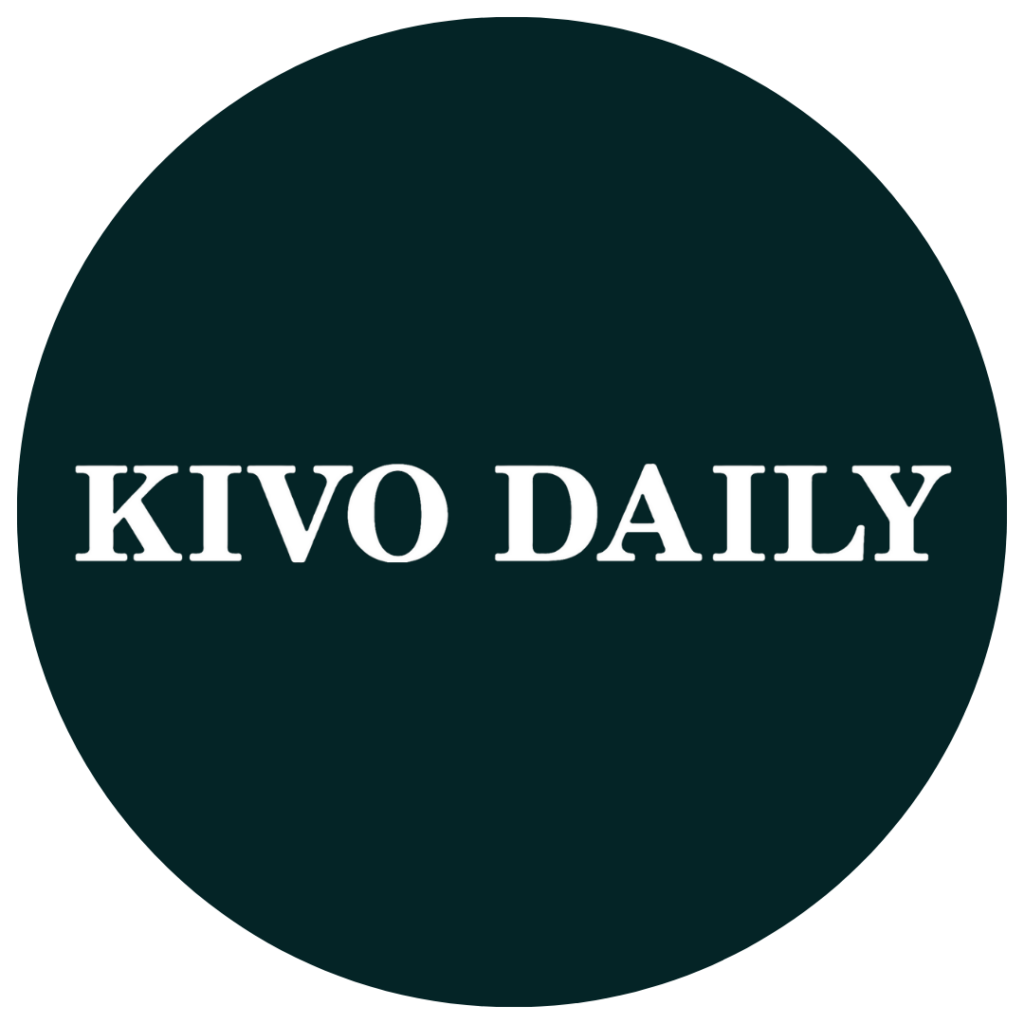SEO copywriting serves two distinct yet interconnected masters: search engine algorithms and human readers. This specialized form of writing requires a nuanced understanding of how to satisfy technical ranking factors while maintaining authentic, valuable content for actual users. The fundamental challenge lies in creating material that search engines can easily crawl, index, and rank highly, while simultaneously delivering an engaging, informative experience for human visitors.
Search engines have evolved significantly from their early days of simple keyword matching. Modern algorithms like Google’s RankBrain employ sophisticated machine learning to assess content quality, user engagement metrics, and semantic relevance. Consequently, effective SEO copywriting must move beyond basic keyword stuffing to focus on comprehensive topic coverage, natural language patterns, and genuine value creation. The most successful practitioners recognize that while technical SEO elements provide the foundation, ultimately, content created for humans performs better in search rankings over time.
Read also: The Impact of Machine Learning on Healthcare Diagnostics: Revolutionizing Medical Practices
Strategic Keyword Research and Implementation
The cornerstone of SEO copywriting begins with meticulous keyword research to identify terms and phrases that reflect actual user search intent. Modern tools provide insights into search volume, competition level, and semantic relationships between keywords. However, the true art lies in interpreting this data to uncover the underlying questions and needs driving searches.
Keyword implementation follows several best practices:
-
Primary keywords should appear in critical elements including titles, headers, and opening paragraphs
-
Secondary and long-tail keywords should be distributed naturally throughout the content
-
Semantic variations and related terms help demonstrate topic comprehensiveness
-
Keyword density should remain subtle (typically 1-2%) to avoid artificial-sounding text
The most effective content answers the searcher’s query completely while anticipating and addressing related questions they might not have explicitly asked. This “topic cluster” approach signals expertise to search engines while providing superior user experience.
Content Structure for Optimal Readability and Crawlability
Search engines favor content that’s well-organized and easy to parse, mirroring human preferences for scannable, logically structured information. Effective SEO copy employs:
Hierarchical Heading Structure
-
H1 for main titles
-
H2 for major sections
-
H3 for subsections
This creates a clear content map for both readers and crawlers
Paragraph Optimization
-
Concise paragraphs (2-3 sentences)
-
Varied sentence length for rhythm
-
Front-loaded key information
Strategic Formatting
-
Bold/italic for emphasis (not keyword stuffing)
-
Bulleted lists for digestible points
-
Tables for comparative data
This structural approach enhances dwell time—a critical ranking factor—by making content more accessible and engaging for readers.
Creating Content That Earns Links and Engagement
High-quality backlinks remain one of the most powerful ranking signals, and exceptional content naturally attracts them. SEO copywriting should aim to create “link-worthy” material by:
-
Offering unique insights or original research
-
Providing comprehensive, authoritative coverage
-
Including shareable data visualizations
-
Addressing trending industry questions
User engagement metrics like time-on-page and bounce rate also influence rankings. Copy that holds attention typically:
-
Opens with compelling hooks
-
Uses conversational yet professional tone
-
Incorporates rhetorical questions
-
Includes strategic internal linking
-
Ends with clear next steps
The most successful SEO content achieves the delicate balance of being technically optimized while reading as if it were created purely for human consumption.
Measuring and Iterating for Continuous Improvement
Effective SEO copywriting requires ongoing performance analysis and refinement. Key metrics to monitor include:
-
Organic search rankings for target keywords
-
Click-through rates from search results
-
Dwell time and pages per session
-
Conversion rates from organic traffic
Regular content audits identify opportunities to:
-
Refresh outdated information
-
Expand thin content
-
Improve underperforming pages
-
Capitalize on new keyword opportunities
This data-driven approach ensures content remains aligned with evolving search algorithms and user expectations.
Conclusion: The Future of SEO Copywriting
As search engines grow increasingly sophisticated at understanding user intent and content quality, the distinction between “writing for search engines” and “writing for people” continues to blur. The most successful SEO copywriters will be those who master:
-
Semantic search optimization
-
Voice search considerations
-
E-A-T (Expertise, Authoritativeness, Trustworthiness) principles
-
User experience optimization
By focusing on creating genuinely valuable content that satisfies searcher intent while employing technical best practices, SEO copywriting remains one of the most powerful tools for driving qualified organic traffic and establishing digital authority.
Read also: Mental Health Awareness for Women: Breaking the Stigma and Seeking Support









